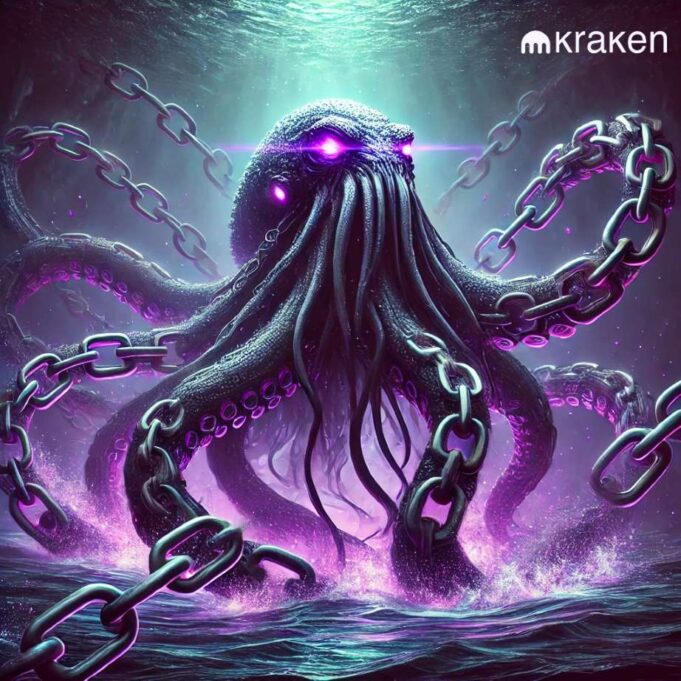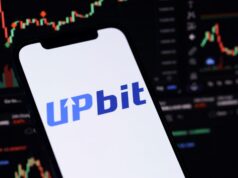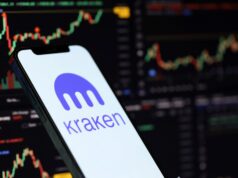Kraken has received a major boost in its DeFi ambitions with a $42.5 million OP token grant from the Optimism Foundation to support the launch of its new Ink blockchain. Leveraging Optimism’s Layer 2 technology, Ink will integrate with Ethereum’s Superchain. This strategic partnership underscores the exchange’s commitment to advancing decentralized finance. As Kraken enters the blockchain ecosystem, this collaboration signals a broader trend of crypto exchanges investing in proprietary infrastructure to expand DeFi opportunities.
A Strategic Leap into DeFi for Kraken
Kraken, one of the longest-standing crypto exchanges, has embarked on an ambitious new venture by creating its own Layer 2 blockchain network, Ink. This blockchain will operate atop Optimism’s OP Stack, a technology designed to enhance scalability on Ethereum. It is set to launch in early 2025. With this foundational support from Optimism, Ink’s launch aligns Kraken with Ethereum’s Superchain network, facilitating a more cohesive and scalable ecosystem for decentralized applications (DApps).
This $42.5 million OP token grant from the Optimism Foundation to Kraken represents a strategic investment in the decentralized finance (DeFi) space. The partnership signifies more than financial backing; it is an alignment of technological and strategic objectives between Kraken and Optimism. This could have broader implications for how DeFi products are structured and offered. Kraken’s entry into blockchain infrastructure follows a trend set by major exchanges like Coinbase, which launched its own blockchain, Base, earlier this year. With the debut of Ink, Kraken hopes to carve out a unique space in the DeFi ecosystem.
What Ink Brings to the DeFi Space
At the core of Ink’s design is an emphasis on user-friendliness and accessibility. Drawing on Optimism’s OP Stack, Ink aims to offer a seamless DeFi experience, minimizing technical hurdles. This strategy will likely appeal to both seasoned crypto users as well as newer audiences. Initially, Ink will launch with over a dozen DApps, including decentralized exchanges, yield-generating platforms, and other DeFi applications. These will be accessible directly through Kraken’s Wallet app.
Unlike many Layer 2 chains, Ink will not issue its own native token. Instead, it will rely on OP tokens provided by Optimism, as well as Ether, to power transactions on the network. Kraken will manage the initial sequencing of transactions on the Ink blockchain. However, it plans to progressively decentralize network governance and transaction management. This approach underscores the commitment to a more open and community-driven governance model for Ink, positioning the Kraken blockchain as a sustainable and decentralized platform for DeFi.
The Competitive Landscape: Kraken vs. Coinbase
Kraken’s foray into the Layer 2 landscape comes at a pivotal moment in the crypto exchange industry. Exchanges are increasingly competing to establish dominance in the DeFi space. Coinbase’s recent launch of its own Layer 2 blockchain, Base, introduced new possibilities for users. Clearly, its success has set a high bar. Both Coinbase and Kraken are now positioning themselves as DeFi providers. They are expanding beyond traditional exchange functions to offer users the benefits of decentralized trading, lending, and yield opportunities.
This strategic pivot illustrates a competitive dynamic where exchanges are vying for technological and user experience advantages in DeFi. By developing their own chains, Kraken and Coinbase aim to simplify access to DeFi for mainstream users. They are hoping to attract a broad base of retail and institutional participants. While Coinbase’s Base operates as a Layer 2 on Ethereum, similar to Ink, each exchange is tailoring its blockchain to offer unique features and incentives. Kraken’s decision to forgo a native token, for instance, highlights a conservative approach. The company focuses on long-term stability and user engagement rather than short-term token speculation.
A Look Ahead
The partnership between Kraken and Optimism lays the foundation for an ecosystem that could redefine DeFi standards. As Kraken prepares to launch its Ink blockchain, the exchange is doubling down on its commitment to broadening DeFi accessibility through robust, scalable, and user-friendly infrastructure. This collaboration with Optimism, alongside the broader Ethereum ecosystem, underscores Kraken’s strategic vision. It wants to evolve beyond the confines of a traditional exchange and become an active player in shaping DeFi’s future.
>>> Read more: Kraken Crypto eyes IPO with $100M Pre-IPO Funding Plan
As Kraken and other exchanges develop proprietary blockchain infrastructures, it’s clear that the race for DeFi dominance has only begun. The competition between Kraken and Coinbase, in particular, will likely spur innovation, paving the way for decentralized services that might one day rival their centralized counterparts. For Kraken, Ink represents both a significant technological investment and a clear statement of intent: DeFi is here to stay, and Kraken intends to lead in its expansion.
Readers’ frequently asked questions
What specific advantages does Ink offer over existing DeFi platforms, and how will it change the user experience?
Ink’s main advantage lies in its integration with Optimism’s Layer 2 (L2) technology. This integration enables faster and more cost-effective transactions compared to traditional Ethereum-based DeFi platforms. Users on Ink can expect lower fees and quicker transaction times, enhancing the usability of decentralized applications (DApps) for tasks like trading, lending, and borrowing. Additionally, Kraken’s emphasis on user-friendliness is a core feature. The platform aims to simplify DeFi access, especially for users less familiar with complex blockchain interactions. This shift means users can leverage DeFi applications more seamlessly within Kraken’s ecosystem. It allows them to engage with multiple DeFi services through a unified interface, particularly within the Kraken Wallet app. By embedding over a dozen DApps at launch, Kraken ensures that Ink users can explore a variety of DeFi functions without navigating multiple, often fragmented platforms, giving it a clear edge in convenience and accessibility.
What does Kraken’s partnership with Optimism mean for developers wanting to build on Ink, and how does it open new possibilities in DeFi innovation?
Developers will gain early access to Ink’s developer testnet. That allows them to experiment with and create applications before the mainnet goes live in 2025. This early access is critical for fostering a robust development community around the Ink blockchain. It encourages developers to tailor DApps specifically for the Kraken ecosystem. The use of Optimism’s OP Stack also gives developers access to Ethereum-compatible tools and resources. It therefore simplifies the transition for those already familiar with building on Ethereum. With Kraken’s financial and infrastructure backing, Ink could become a highly appealing platform for DeFi developers looking for scalability and user engagement without the burden of high fees or network congestion. Kraken’s integration of Optimism’s stack also makes it easier for developers to create cross-chain applications within Ethereum’s Superchain. That opens new pathways for interoperability and innovative DeFi solutions.
How will Kraken manage transaction sequencing and governance on Ink, and why doesn’t it have a native token?
Initially, Kraken will oversee transaction sequencing on Ink. That allows the company to maintain control over network stability and security as it builds out its infrastructure. This approach is intended to provide a seamless user experience and ensure optimal performance at launch. Over time, Kraken plans to transition Ink to a more decentralized model. It will involve community members and partners in governance decisions, which aligns with broader DeFi principles. As for the absence of a native token, Kraken has opted to avoid speculative token-based incentives in favor of using existing tokens, such as Optimism’s OP and Ether (ETH), to facilitate transactions. This decision reflects a more conservative and sustainable approach. The company focuses on stability and user engagement rather than token fluctuations or short-term hype. By relying on OP tokens, Ink benefits from the backing of the established Optimism network, reducing complexity for users and allowing Kraken to prioritize network functionality and ecosystem growth.
What Is In It For You? Action Items You Might Want to Consider
Explore Opportunities for Early Adoption
Keep an eye on Ink’s developer testnet release later this year. This could be an excellent opportunity to explore the platform’s DeFi offerings, potentially positioning yourself ahead of the broader market once the full launch arrives in 2025.
Consider the Competitive Landscape
With Kraken and Coinbase both launching Layer 2 blockchains, it’s worth comparing the features and opportunities offered by each. Ink’s integration with Optimism and Ethereum’s Superchain could bring unique DeFi advantages – especially with lower transaction costs – so exploring both platforms might help you identify which aligns better with your trading goals.
Watch for Governance Shifts
Since Kraken plans to decentralize Ink’s governance over time, staying informed on governance developments could be valuable. Community-driven governance could eventually lead to new DeFi products and services shaped by user input, offering unique investment or trading opportunities that evolve directly from community needs.











[…] >>> Read more: Kraken Ink Blockchain: DeFi with $42.5M Optimism Boost […]
[…] >>> Read more: Kraken Ink Blockchain: DeFi with $42.5M Optimism Boost […]